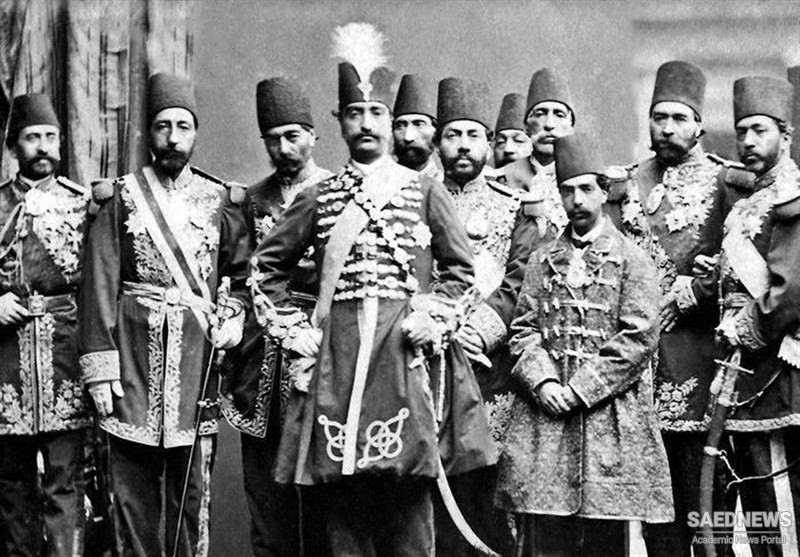The specific life style majorly centered on the livelihood involved personal relationships and cultural resources shaping familial and communal identities. Peasants planning agricultural work, and managing or evading the agents of landlords or government, affirmed ideals of co-operation, competition and conflict that supported communal actions. Village representatives petitioned officials and bargained with landlords on behalf of the community, just as villagers made collective decisions to resettle, to defend themselves from attack, or to resolve conflicts among individual cultivators or households. Comparable elements shaped the migrations and raids of nomad pastoralists. The physical and spatial forms of walled villageand tent-dwelling encampment, and the organisation of collective defence and seasonal migration manifested the identity of rural communities. Other cultural influences operated in towns, with their range of specialised occupations and social hierarchies based in manufacturing, commercial, cultural and administrative activities, and propertied, religious, merchant and government elites. Relationships and identities were based on specific locations (‘quarters’ or neighbourhoods), on occupations (craft and merchant organisations, religious specialists), and on social hierarchies among elite and unprivileged groups, or ethnic and cultural minorities. The spatial arrangement of craft production and trade in designated areas of the bazar (the manufacturing and commercial centre of Iranian towns), of bureaucrats around the arg (centre of civil and military administration), or of residential areas dominated by particular groups gave physical expression to collective identities. The need to manage common interests or conflicts, to pursue those interests (protests by the poor over food prices, demands by craft groups for protection), and to meet collective financial obligations, created occasions for joint activity which affirmed identity (Source: Iran Cultural Identity in Modern Era).


 Communal Life Style and Cultural Conservative Collectivism in Early Modern Iran
Communal Life Style and Cultural Conservative Collectivism in Early Modern Iran














































